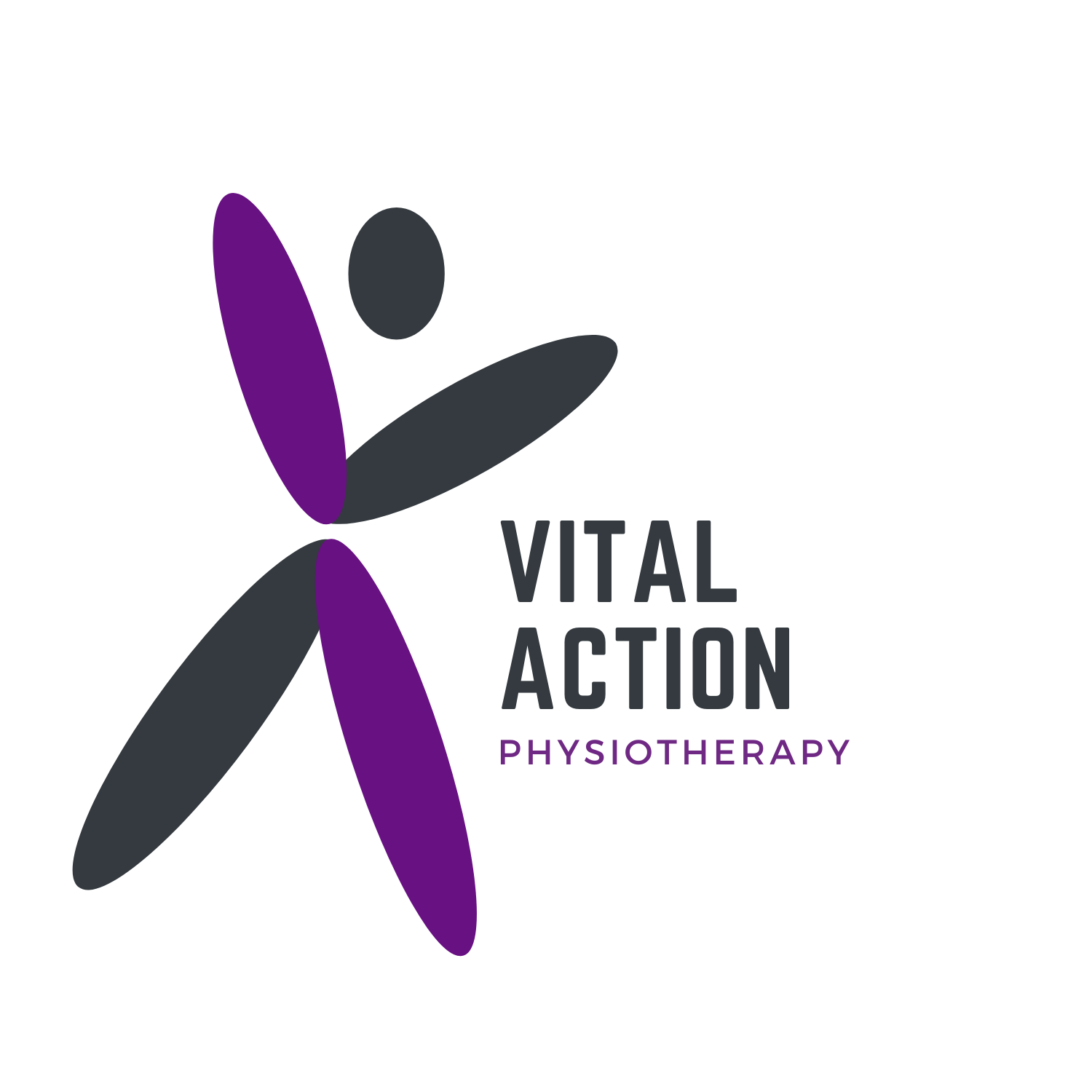Understanding Frozen Shoulder: Causes, Symptoms, and Treatment Options
Frozen shoulder, also known as adhesive capsulitis, is a debilitating condition that affects the shoulder joint, causing pain, stiffness, and limited range of motion. This condition can significantly impact daily activities and quality of life. In this blog, we will explore the causes, symptoms, and available treatment options for frozen shoulder.
Causes of Frozen Shoulder:
The exact cause of frozen shoulder is not always clear, but certain factors may increase the risk of developing this condition. Some common causes include:
Injury or Trauma:
A shoulder injury or trauma, such as a fracture or dislocation, can contribute to the development of frozen shoulder.
Immobility:
Prolonged immobility of the shoulder joint, such as keeping the arm in a sling for an extended period, can lead to stiffness and the formation of adhesions.
Medical Conditions:
Certain medical conditions, including diabetes, cardiovascular disease, and thyroid disorders, have been associated with an increased risk of frozen shoulder.
Age and Gender:
Individuals between the ages of 40 and 60, and women more often than men, are more susceptible to developing frozen shoulder.
Symptoms of Frozen Shoulder:
The hallmark symptoms of frozen shoulder include:
Pain:
Persistent, aching pain in the shoulder joint that worsens with movement.
Stiffness:
Gradual onset of stiffness in the shoulder, making it challenging to perform everyday tasks like reaching overhead or behind the back.
Limited Range of Motion:
Progressive loss of range of motion in the shoulder joint, leading to difficulty with activities that require arm movement.
Painful Sleep:
Discomfort and pain that can disturb sleep, particularly when lying on the affected side.
Treatment Options:
While the natural course of frozen shoulder involves a gradual improvement over time, several treatment options can help manage symptoms and expedite recovery:
Physical Therapy:
A tailored physical therapy program can help improve range of motion, reduce pain, and prevent further stiffness. Therapeutic exercises and stretching play a crucial role in the rehabilitation process.
Pain Management:
Over-the-counter pain relievers or prescription medications may be recommended to manage pain and inflammation associated with frozen shoulder.
Heat and Ice Therapy:
Applying heat or cold packs to the affected shoulder can provide relief from pain and reduce inflammation.
Joint Distension:
In some cases, a doctor may recommend joint distension, a procedure involving the injection of sterile water into the joint capsule to stretch and expand it.
Corticosteroid Injections:
Corticosteroid injections may be administered to reduce inflammation and alleviate pain.
Manipulation Under Anesthesia (MUA):
MUA is a procedure where a physician puts the patient under anesthesia and manipulates the arm to break up adhesions and improve range of motion.
Surgery:
In severe cases where conservative measures fail, surgical intervention may be considered to release the joint capsule and improve shoulder mobility.
Frozen shoulder can be a challenging condition to manage, but with the right treatment approach, most individuals can experience significant improvement in symptoms. Early diagnosis and appropriate interventions, including physical therapy and pain management, play a crucial role in enhancing the overall outcome. If you suspect you may have frozen shoulder, it is essential to consult with a healthcare professional for an accurate diagnosis and personalized treatment plan.

